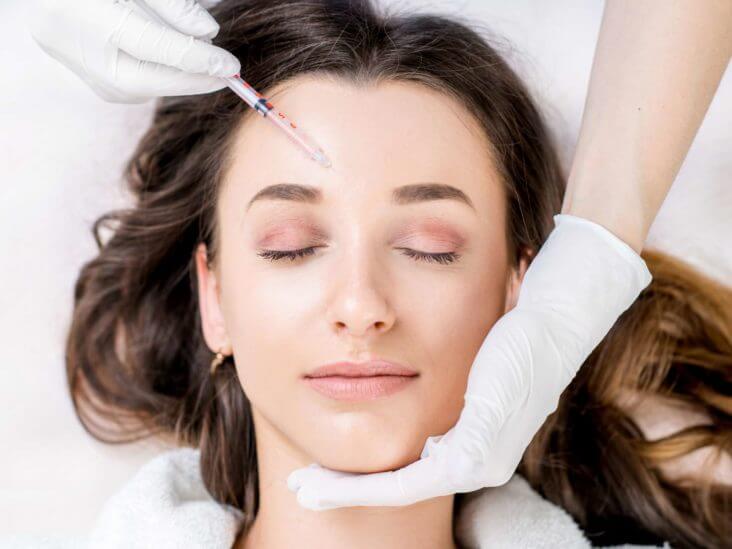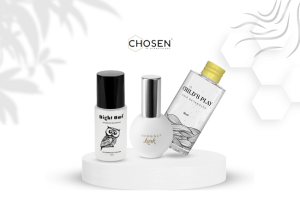Dermal filler FAQS

What are dermal fillers?
Table of Contents
Dermal fillers are a facial injection which uses filler to smooth out wrinkles or crease lines, to create a more youthful look and to enhance facial features. Dermal fillers are a great way to control the effects of ageing, and to help you feel confident about the way you look again. As your face changes over time as the years go by, dermal fillers might be something you start to consider. Fillers help this by decreasing wrinkle depth enhancing skin hydration, firmness and elasticity. The most popular dermal filler used is hyaluronic acid based, this kind of dermal filler is non-permanent, as it reabsorbs into the body over time.
What areas of the face can dermal fillers be used to treat?
There are a number of different areas of the face that can be treated using dermal filler:
- Nasolabial lines or folds
- Smile lines
- Deep forehead wrinkles, frown and crow’s feet
- Lip, to create a more plump look
- Cheeks, this can be done to help volumise
What happens during dermal filler treatments ?
The first step needed before going ahead with the treatment is a consultation, this is to ensure that you have chosen the correct clinic, so that you can achieve the outcome you want. At your consultation you should be provided with recommendations, along with the price of your treatment. You will then go ahead with your treatment this should take between 30-60 minutes, the area being filled will be numbed to ensure as little pain as possible. After having the injection you will then be advised on any after care, and will be provided with any other additional information.
What are the risks of having dermal fillers?
If you have dermal filler done incorrectly or with the wrong type of filler, then this can result in problems. Serious problems don’t tend to occur regularly, but some of the serious problems can include:
- Infection
- A lumpy appearance under the skin, this may need to be treated with medicine or surgery
- The filler may move away from the treated area, this can also be know as filler migration
- Scarring to the treated area
- Blocked blood vessels in the face, this could result in blindness and cause tissue death
What does dermal filler aftercare include?
After your treatment you might notice there is some swelling and bruising, this is normal. This should disappear within a few days. To help soothe the lips you can apply a cold compress, however you should avoid any heat for 24 hours. You should also avoid drinking alcohol for 24 hours if you are wanting to maximise your results, along with trying to avoid putting too much pressure on the treated area for 48 hours after your treatment. If you are unsure of any aftercare advice you should always check with your practitioner.
What might you need to consider before having dermal fillers
It is strongly recommended that you select a well known clinic that you feel you can trust, making sure that they are a qualified practitioner is crucial. Dr Hennessy is an aesthetics expert, renowned for his skills in non-surgical cosmetic facial rejuvenation. Dr Hennessy Cosmetic Clinics are based in the North West of England in the Preston, Southport and Liverpool areas. He only employs the most qualified and experienced practitioners, with top of the line facilities and equipment. It is important to have dermal filler safely injected to avoid any problems, so doing any sort of background research on the clinic beforehand is suggestd. You may also need to consider the costs of dermal filler treatments, some places start their treatments at £180, with this being the cheapest treatment they offer. The cost of dermal filler will vary on the products used, and the type of area being treated.







